It is hard to believe that back-to-school time is almost here! Transitions between seasons, especially ending summer fun and settling into the routine of school, can be challenging for both the parent and child. Whether you are starting back to preschool, elementary school, or even home school here are 5 tips that will help smooth the transition.
If it’s your child’s first time at the campus, visit ahead of time.
Go play on the playground these last weeks of summer. Check out where the bathrooms are, where they might sit to eat lunch, if you will drop off- show your child the drop off and pick up location.
Send them to school with a family picture or something special.
If you have a child who typically has a difficult time separating from you or feels anxious in new settings, send a family photo with them to keep in their backpack or cubby. Some preschool classes will even showcase these somewhere in the classroom to help children so they can always visit it during the day or see the photo up on the board. You can also choose a special smooth rock for them to hold in their pocket or backpack that they can inconspicuously rub if they are missing a parent or feeling anxious. This provides a great opportunity to talk about some of these feelings with your child.
Make a social story.
Social stories are a fantastic tool to help children process new situations. They are simple stories with pictures that help children understand what is going to happen, what is expected, and is accessible to them to flip through on their own or read with an adult. There are some great resources available online. Here are a few to check out!
https://www.pbisworld.com/tier-2/social-stories/
https://www.andnextcomesl.com/2018/08/free-social-stories-about-going-to-school.html
There are also some wonderful books to help children prepare for preschool and elementary school. Here are some of my favorites:
The Kissing Hand by Audrey Penn
A Bad Case of Stripes by David Shannon
First Day Jitters by Julie Danneberg
Be sure to check out my dear friend’s posts over at www.childrenslitlove.com or on Instagram @childrenslitlove for more back to school books!
Create a routine.
This is an important step for both the child and the caregiver. It can be hard to wake up earlier, leave the house on time, and leave with everything you need. Utilize the power of lists to make this easier. For your child, this could mean drawing simple pictures on a white board showing the morning routine. As your child learns to read, writing short and simple words will help them follow a morning routine. Set out clothes in the morning to minimize clothing squabbles.
For the adult, if making lists helps you bring your A-game, be sure to put it in a place where you will surely see it will ensure that necessary items are packed, important dates are not forgotten, and due dates don’t creep up on you! Pack the car the night before if there are after-school extra curriculars to prevent rushing around in the morning.
Remember the Rule of 9
There are simply 9 minutes each day that can make a great impact on your child.
The first 3 minutes when they wake up in the morning.
The first 3 minutes when they come home from school.
The last 3 minutes of the day, before bed-time.
Use these chunks of 3 minutes to truly connect with your child. Put the phone down, do something they want to do, listen wholeheartedly. It’s just 3 minutes that will make a huge difference.
https://powerofmoms.com/mini-podcast-three-unbelievably-simple-ideas/

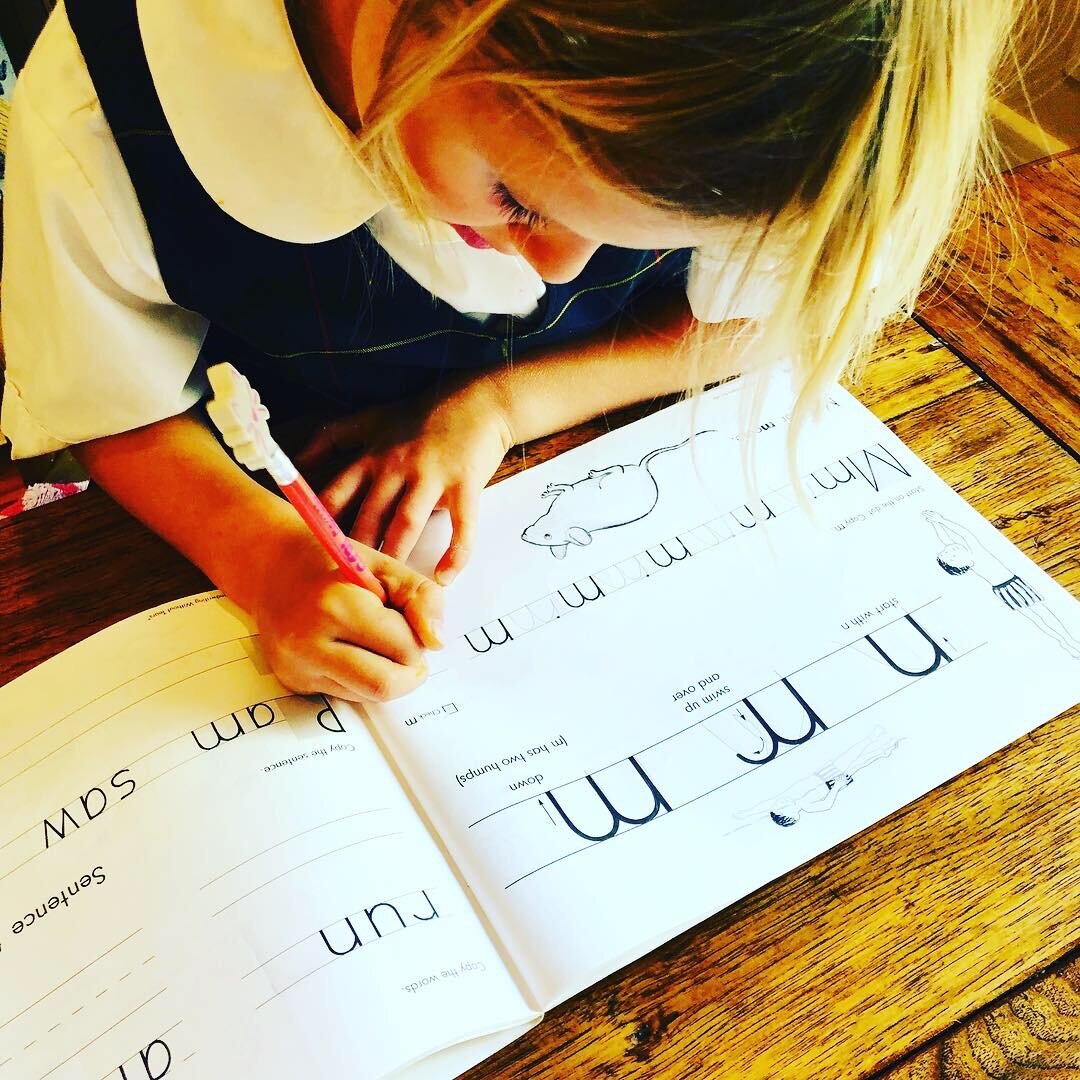





























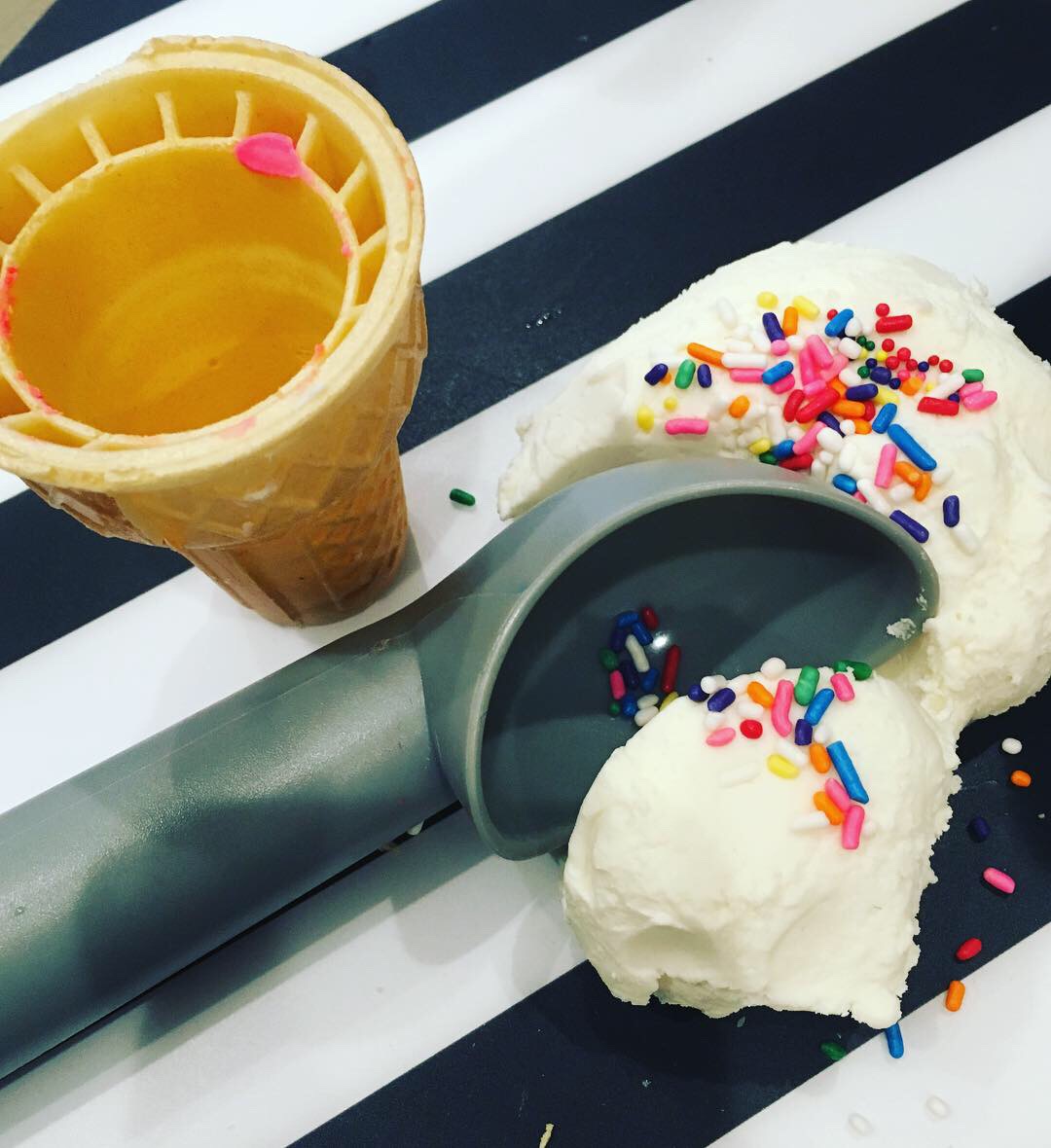
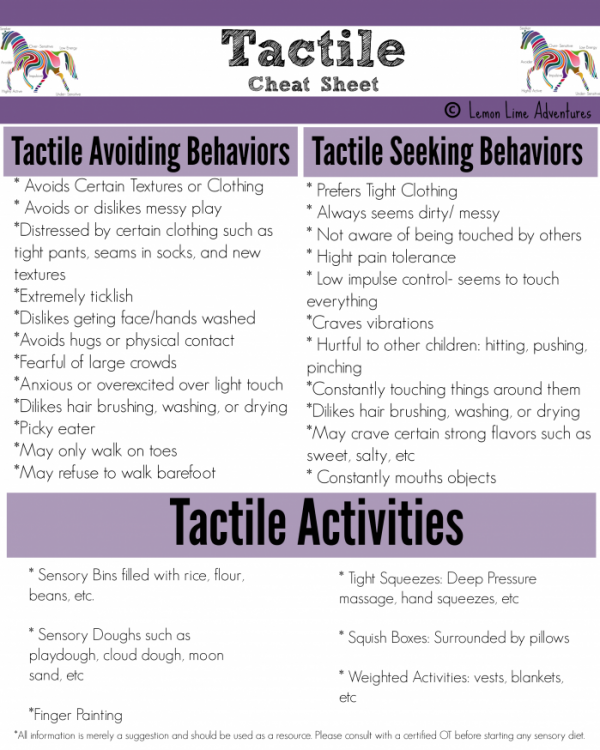
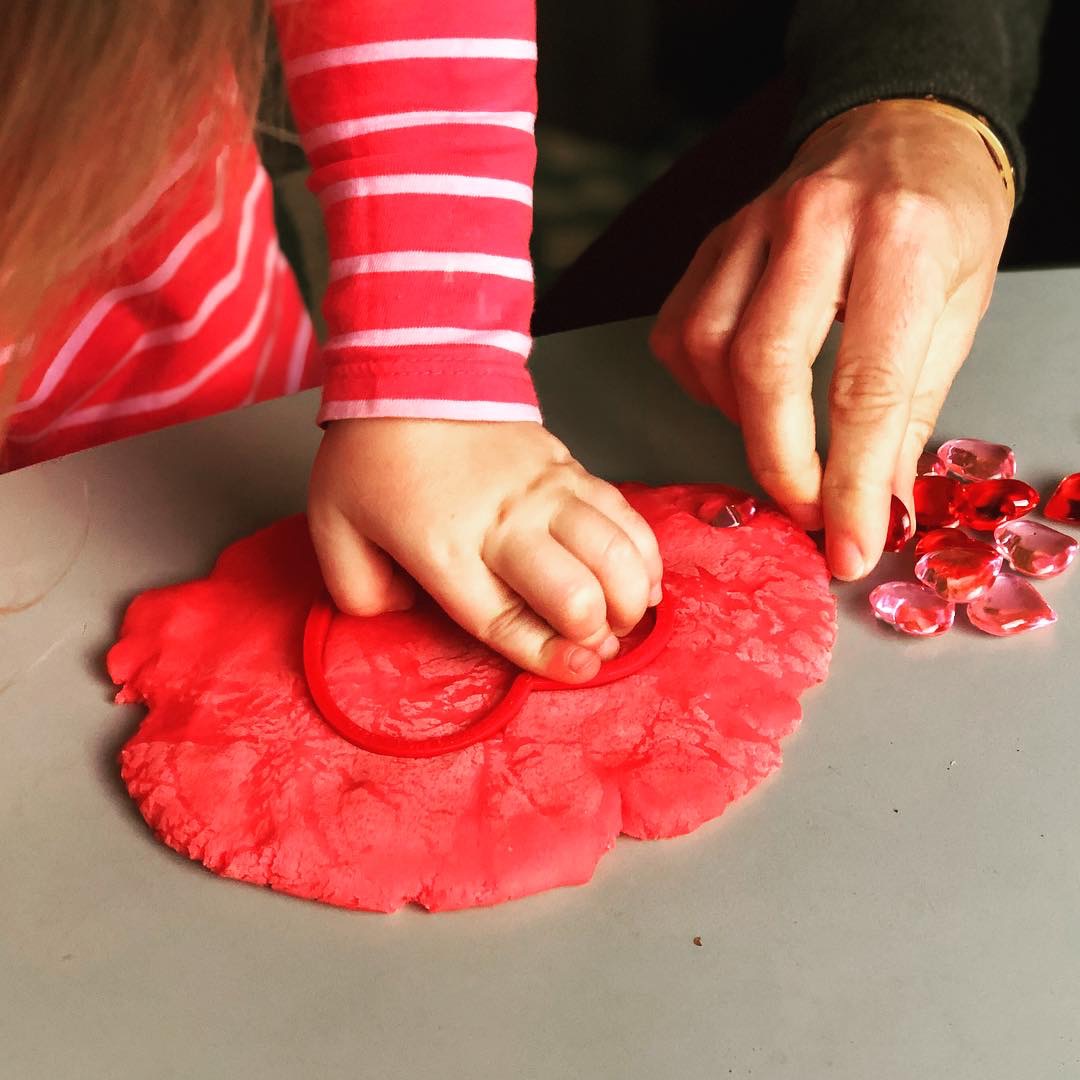












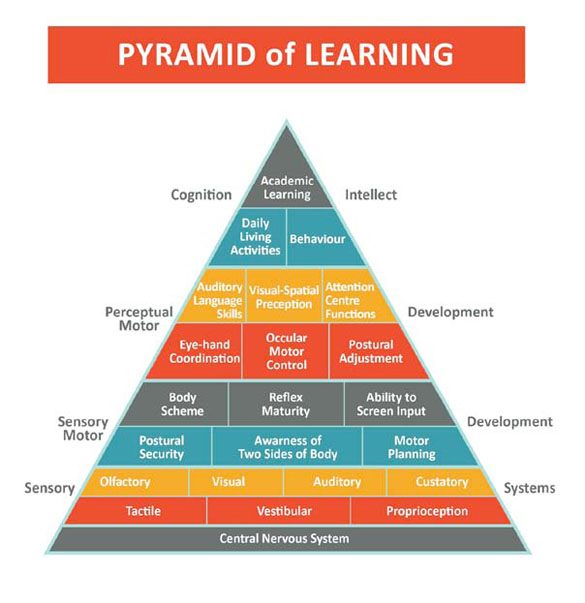






































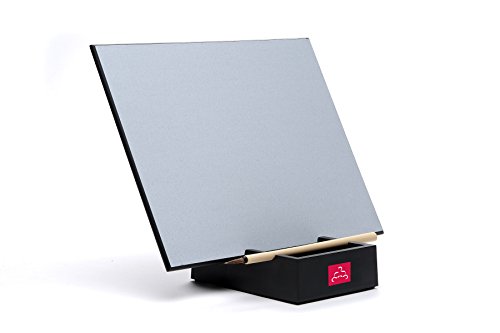









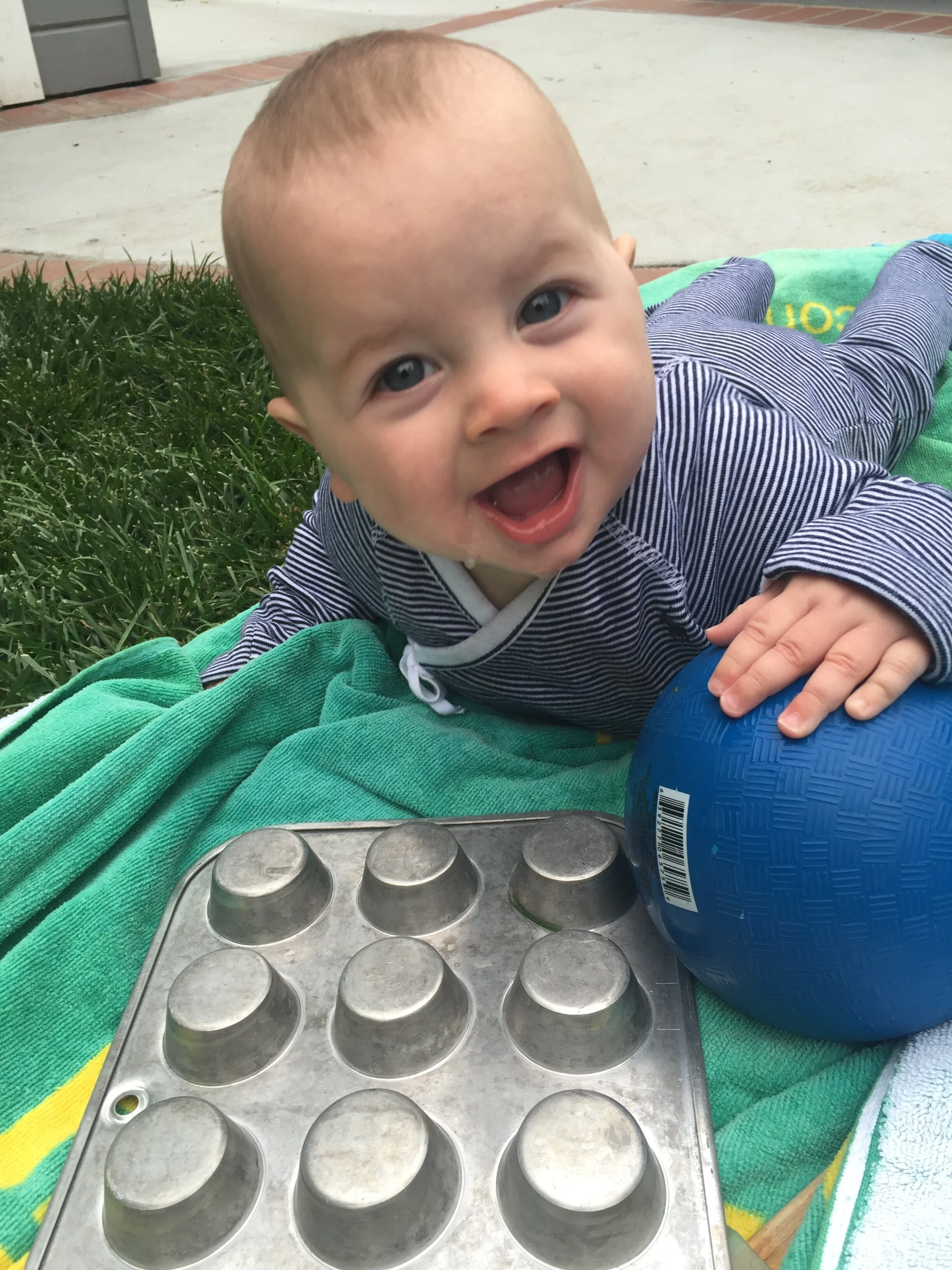
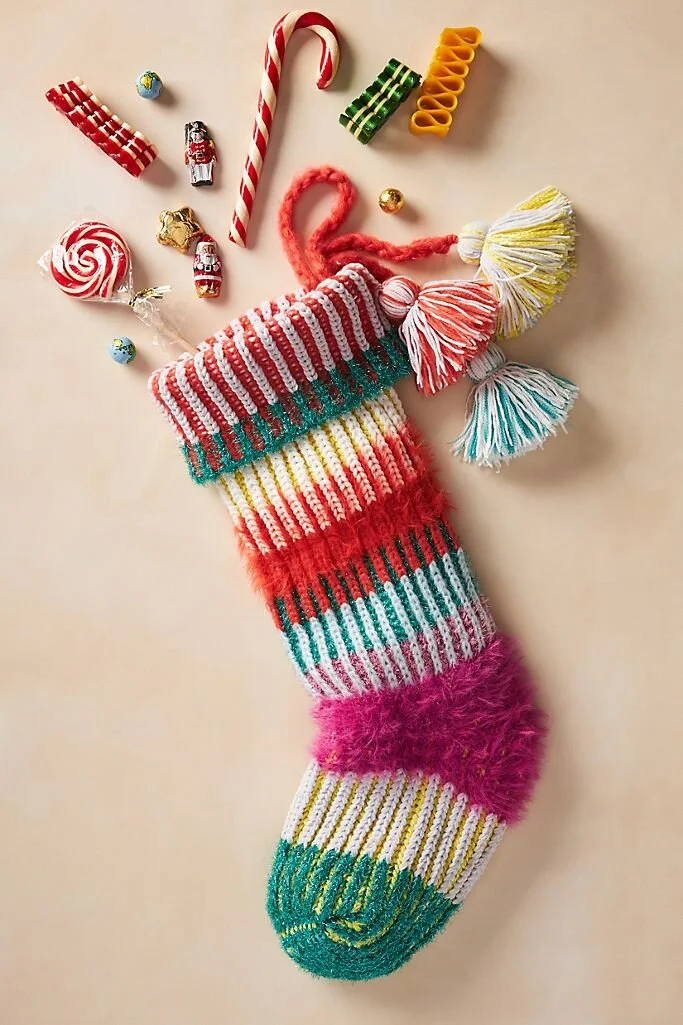

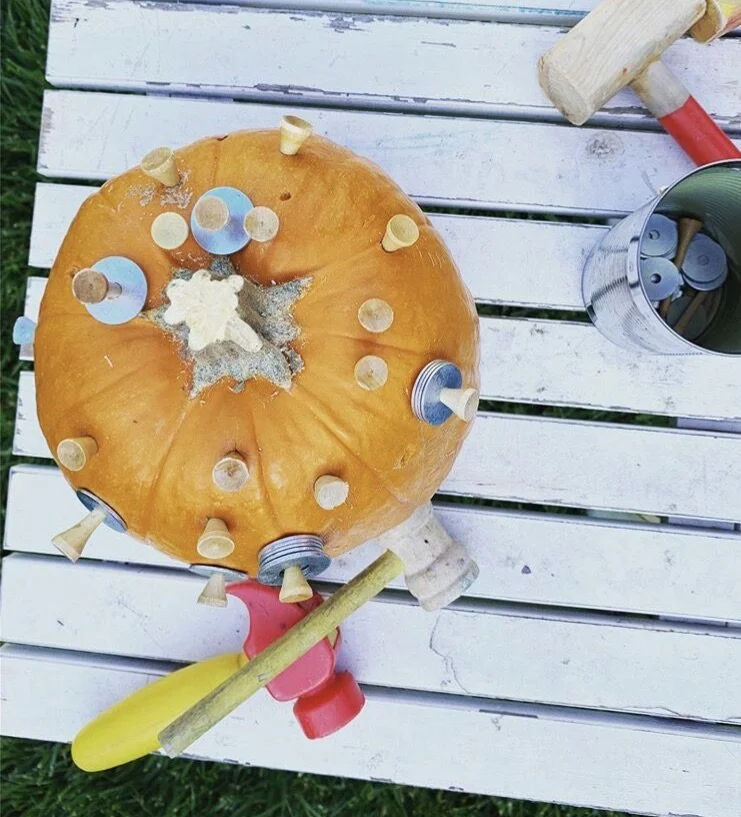







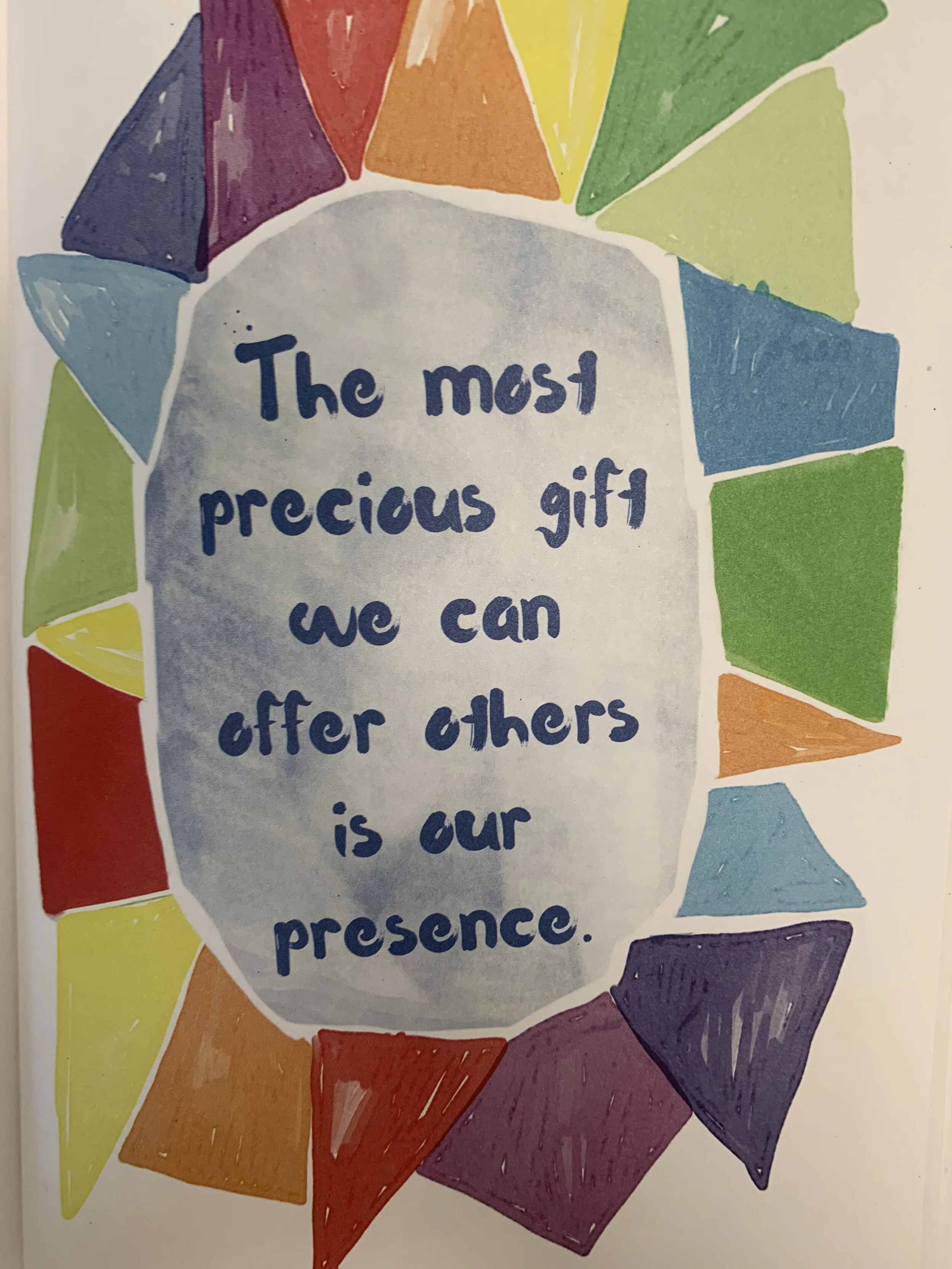
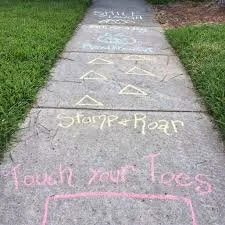
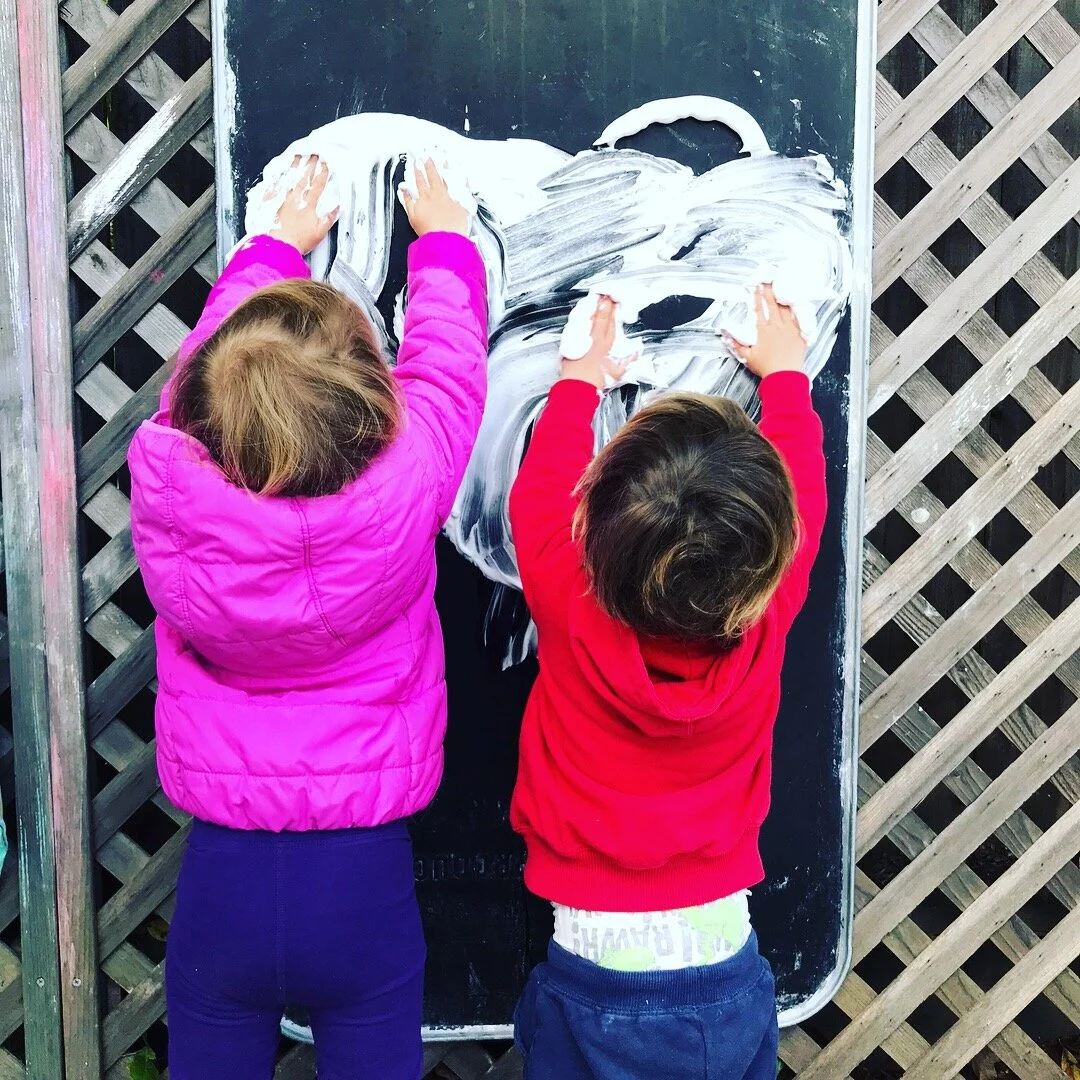
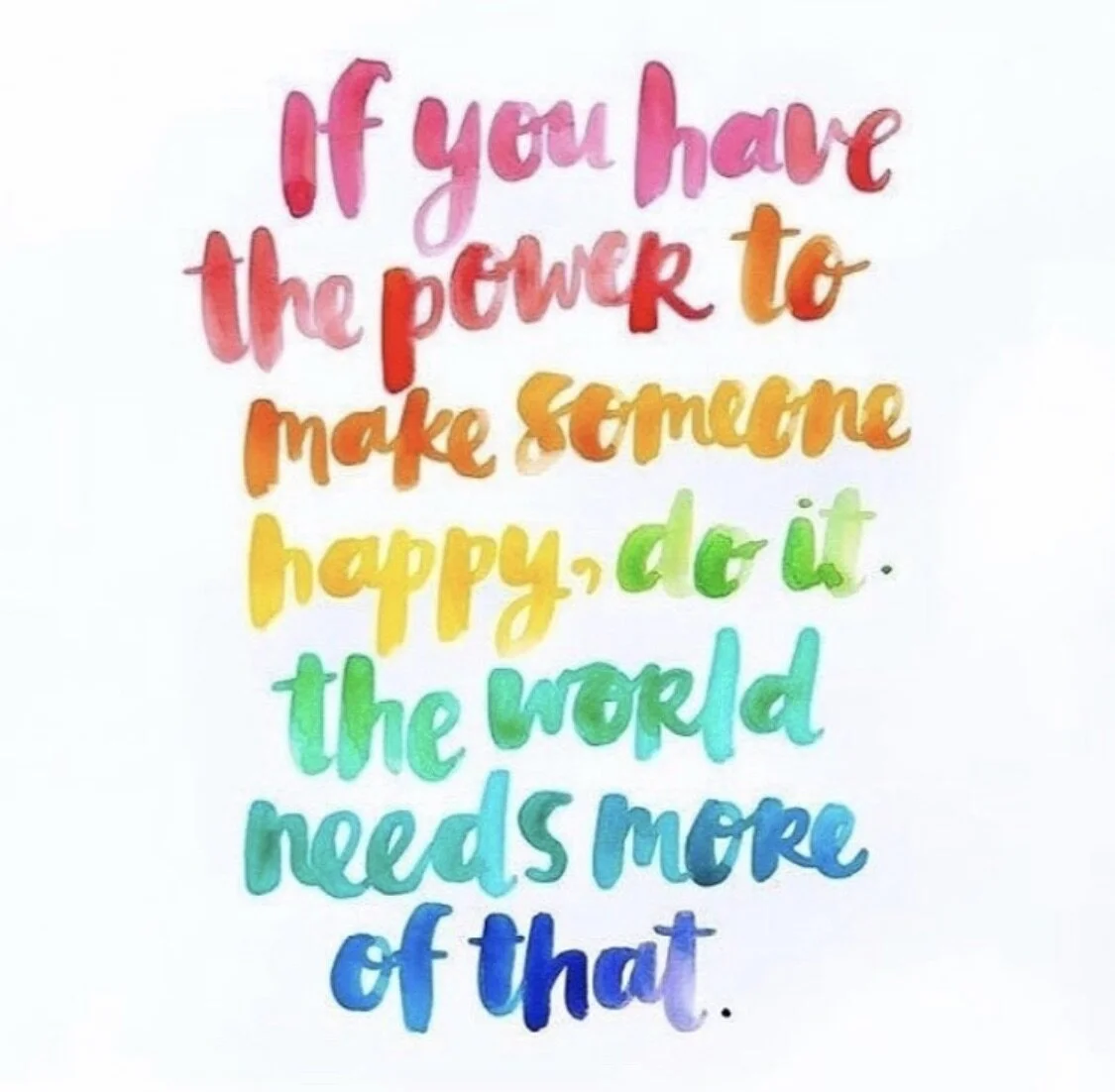
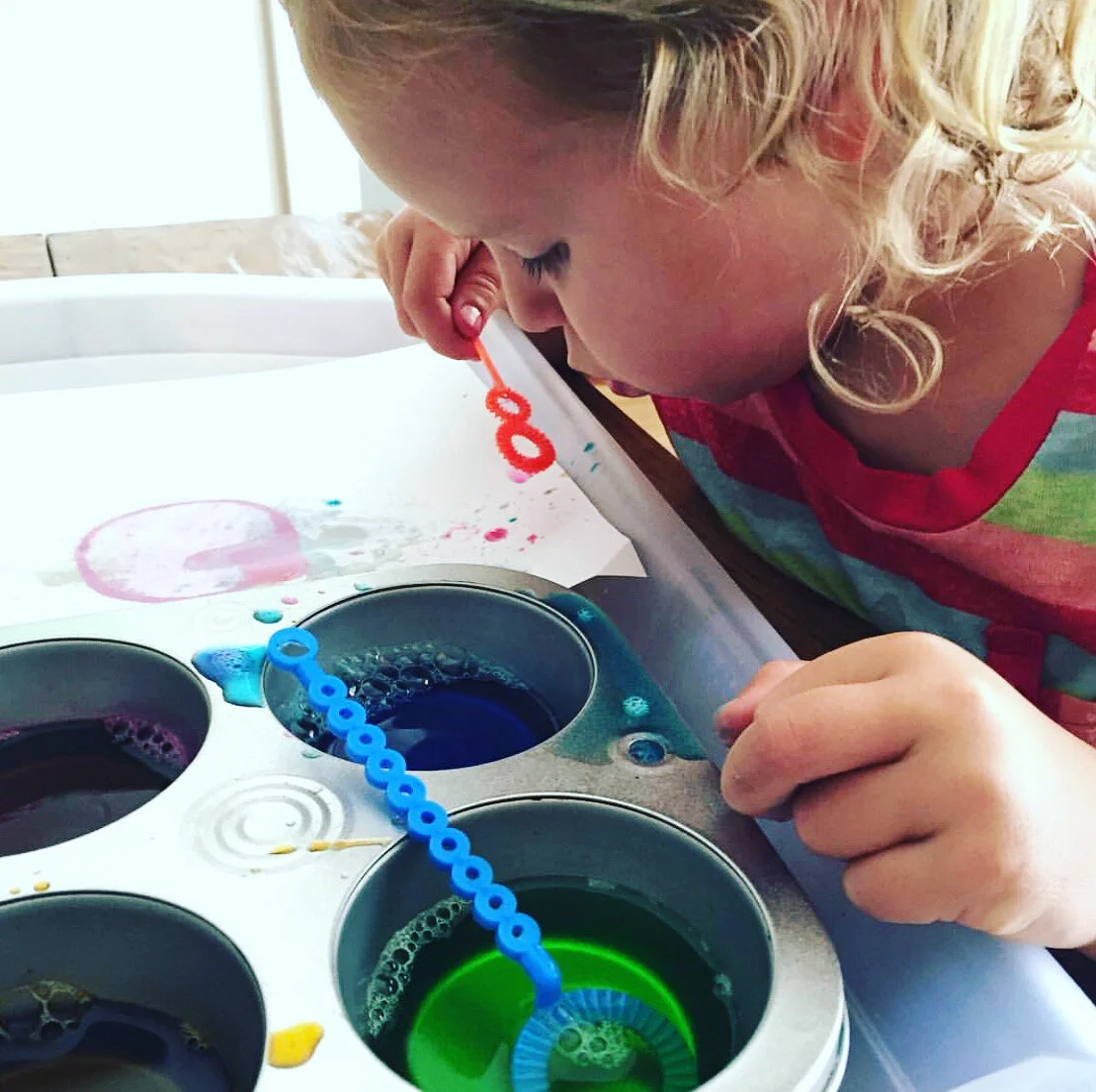



Check out some tips for helping your child with their pencil grasp.